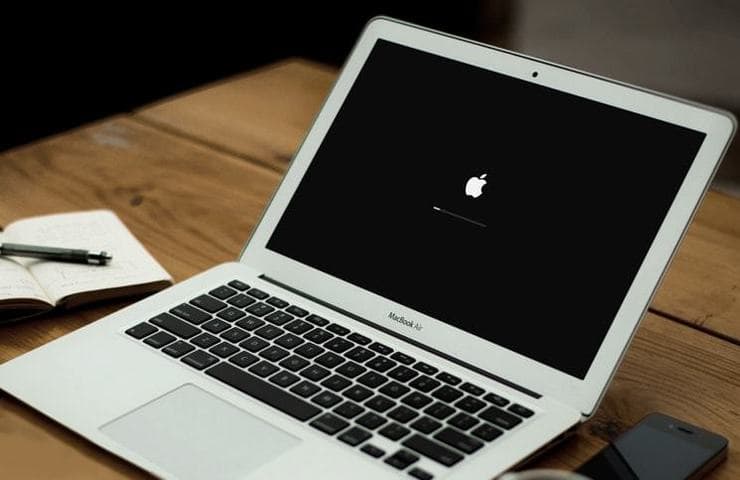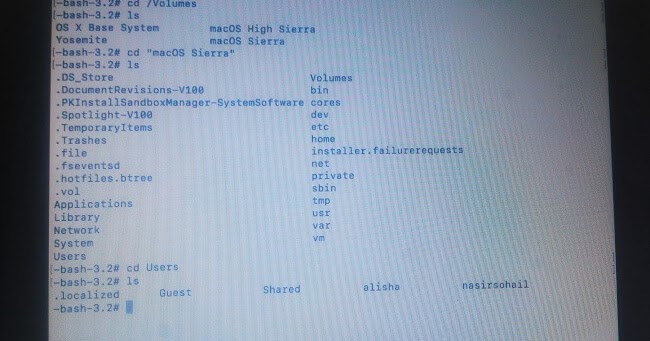

If the menu bar in your installer isn't visible, click on one of the icons in the top-right corner of the screen.For d, I see diskutil, and this is where it the solution lies. Not knowing which commands are available, I find myself typing a to see commands starting with 'a', b, then c. I also searched the contents of my drive, but to no avail: -bash-3.2# find /Volume/Dizzy -name tmutil -print It turns out, the installer image is not a complete macOS system and tmutil is not available. Numerous solutions articles on the web suggest to use tmutil to manage Time Machine snapshots and settings.īack in the Terminal, I type tmutil, but all I get is: -bash-3.2# tmutil Fine, let’s delete them, but how?ĭisk Utility offers no commands to handle Time Machine snapshots. Running "First Aid", and opening the disclosure triangle to get more information reveals that there are three Time Machine snapshots on my disk. Opening Disk Utility reveals a mere 10 GB of space on my disk, where it should have been more than 30 GB.

The only tools available from the installer are Disk Utility and Terminal.

Mac open terminal in recovery mode mac os#
The Mac OS Catalina installer cancels with the message that " macOS could not be installed on your computer: There is not enough free space on your disk to install", offering me to quit the installation or to restart and try again.Last night, I found myself in this endless loop:


 0 kommentar(er)
0 kommentar(er)
